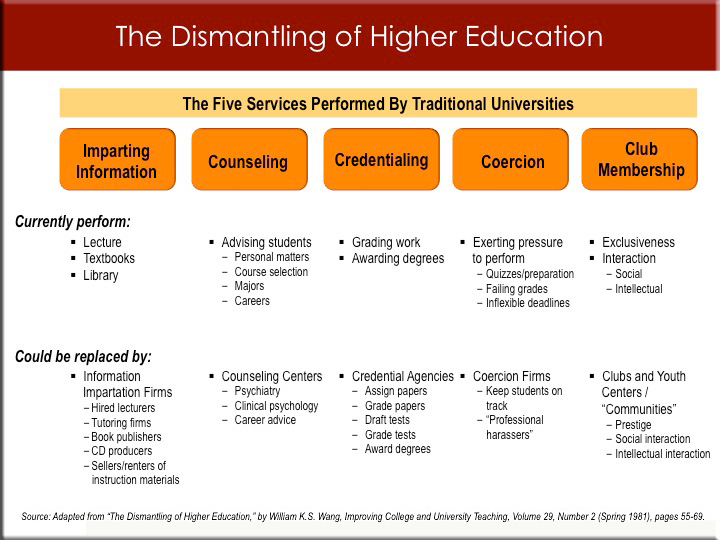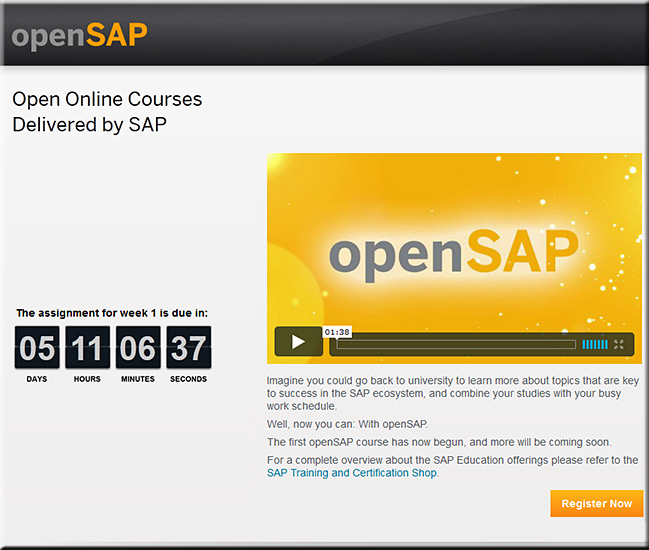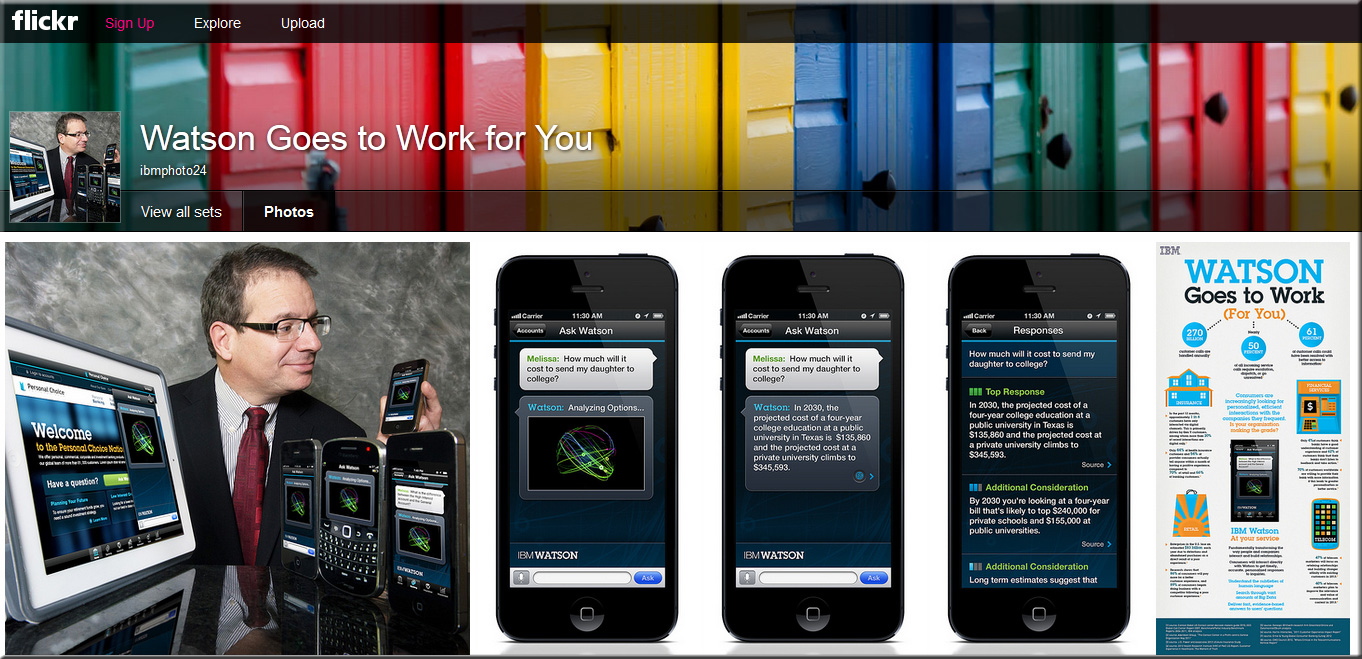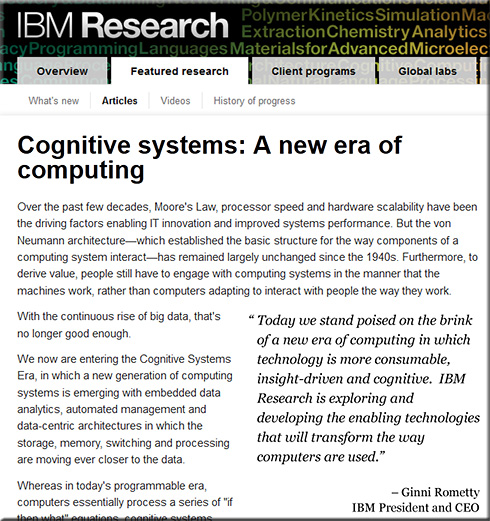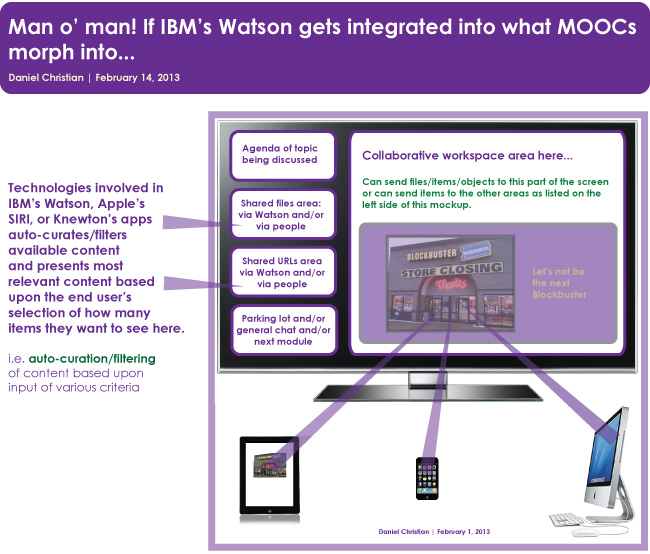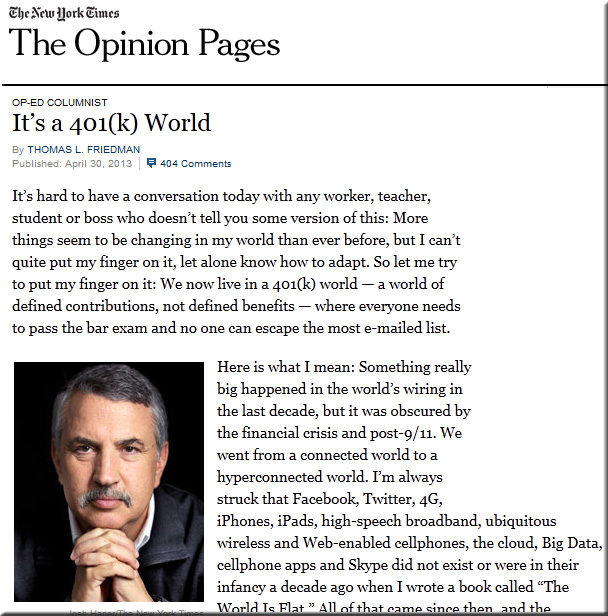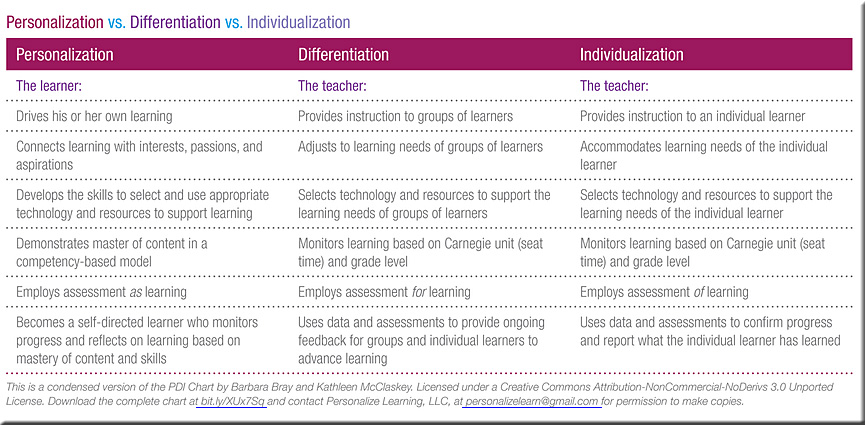‘Shake Up’ for Higher Ed — from insidehighered.com by Scott Jaschik
Excerpt:
President Obama vowed Wednesday that he would soon unveil a plan to promote significant reform in higher education — with an emphasis on controlling what colleges charge students and families.
“[I]n the coming months, I will lay out an aggressive strategy to shake up the system, tackle rising costs, and improve value for middle-class students and their families. It is critical that we make sure that college is affordable for every single American who’s willing to work for it,” said Obama, in a speech at Knox College.
…
“Families and taxpayers can’t just keep paying more and more and more into an undisciplined system where costs just keep on going up and up and up. We’ll never have enough loan money, we’ll never have enough grant money, to keep up with costs that are going up 5, 6, 7 percent a year. We’ve got to get more out of what we pay for,” Obama said.
From DSC:
At a $175 billion per year support for postsecondary education, if the Federal Government starts redirecting this flow of $$$…I’ll bet we’ll see some change…and rather quickly I might add.
The Walmart of Education (as predicted back in December 2008) is now here, but I don’t think we’ve seen anything yet. To what will we change? At least one major piece of the answer to that question is that we will see the continued — but increasing — use of teams of specialists that will be commissioned to create low-cost, highly-engaging content. Though expensive to create originally, such teams will more than make their money back because of the massive number of students such “courses” will serve.
From the Walmart of Education page on 4/11/09:
…I wanted to offer another idea that might help fund engaging, multimedia-based, online-based learning materials:
(NOTE: The figures I use are not accurate, but rather, they are used for illustration purposes only.)Let’s reallocate funds towards course development, and then let’s leverage those learning materials throughout the world!

.
For students: Bring costs waaaayyyyy down and access waaayyy up!
Plus, no more defaulted loans, students could experience richer content, students wouldn’t have to wait as much on financial aid decisions. There would be fewer financial aid headaches; and the resources devoted to figuring out & processing financial aid could be reduced. The issue will be how an institution can differentiate itself in such a new world…but that issue will have to be dealt with in the future anyway.









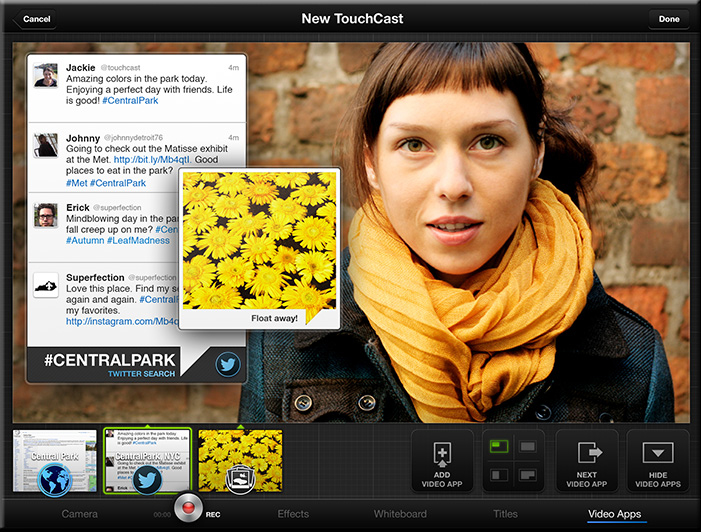

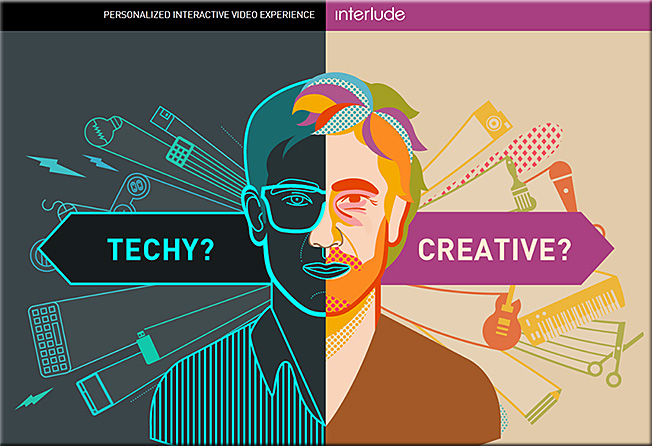
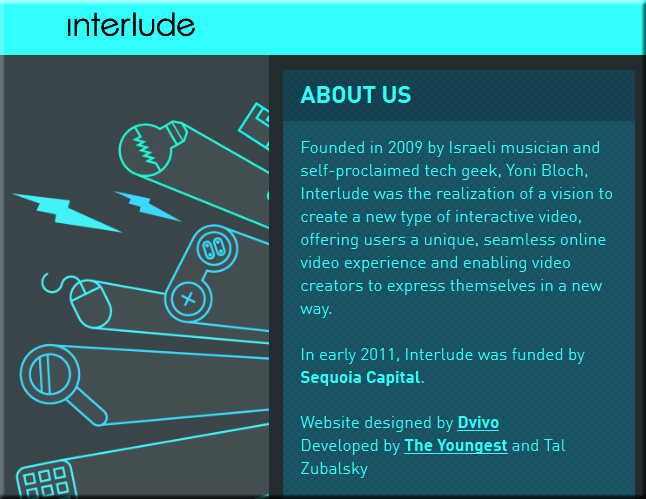
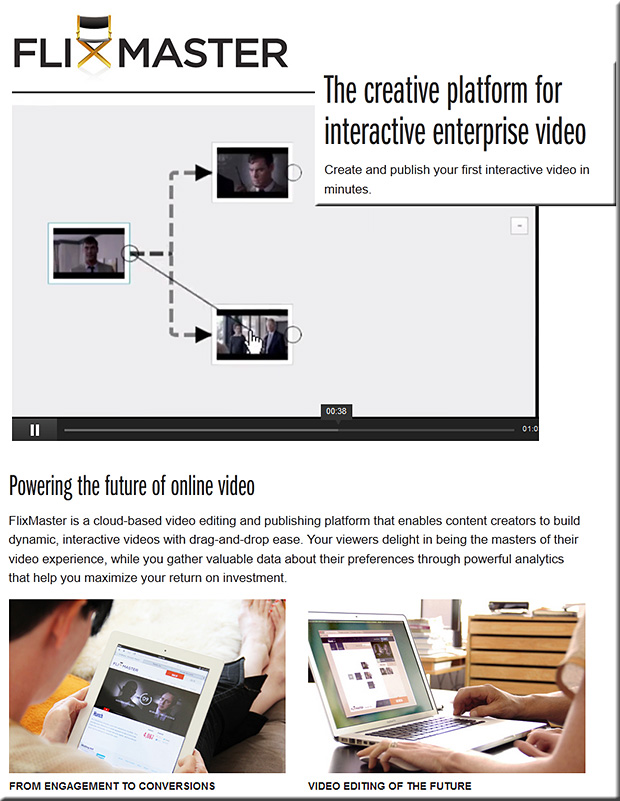

![The Living [Class] Room -- by Daniel Christian -- July 2012 -- a second device used in conjunction with a Smart/Connected TV](http://danielschristian.com/learning-ecosystems/wp-content/uploads/2012/07/The-Living-Class-Room-Daniel-S-Christian-July-2012.jpg)


